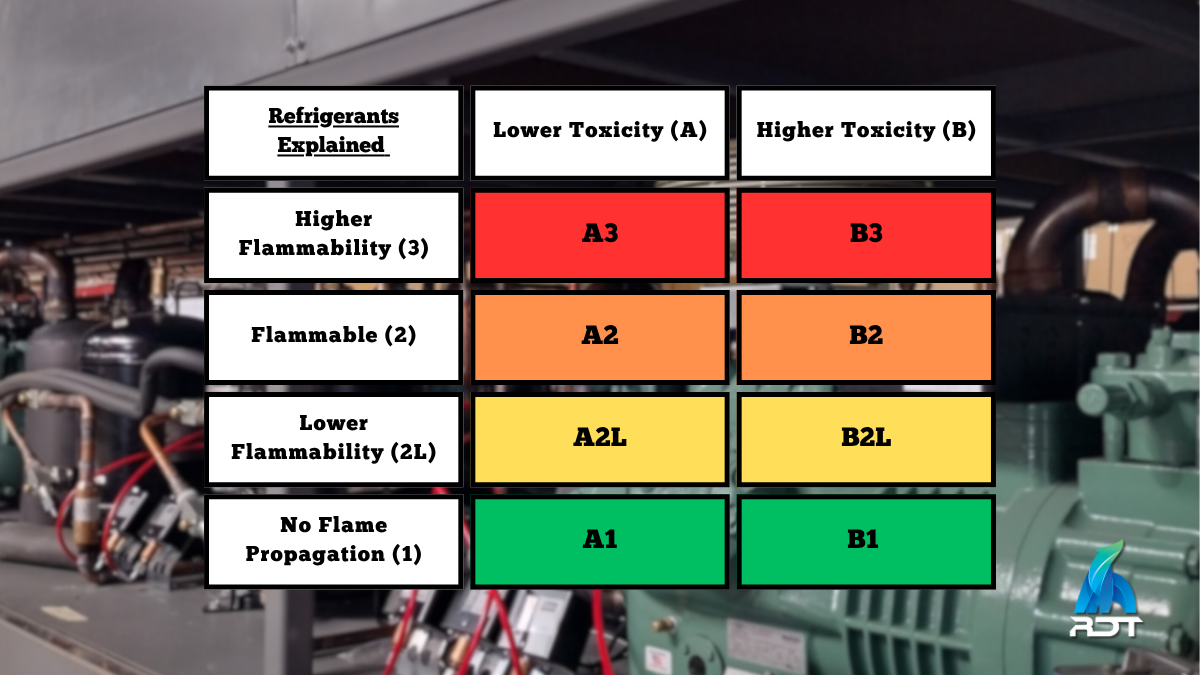2 min read
Quick Answer: Refrigerants are classified by ASHRAE based on toxicity and flammability: A1 refrigerants are non-toxic and non-flammable (e.g., R-448A). A2L refrigerants are non-toxic, mildly flammable, and more energy-efficient (e.g., R-454...
Read More






.png?width=500&name=school%20lunch%20(Facebook%20Post).png)




